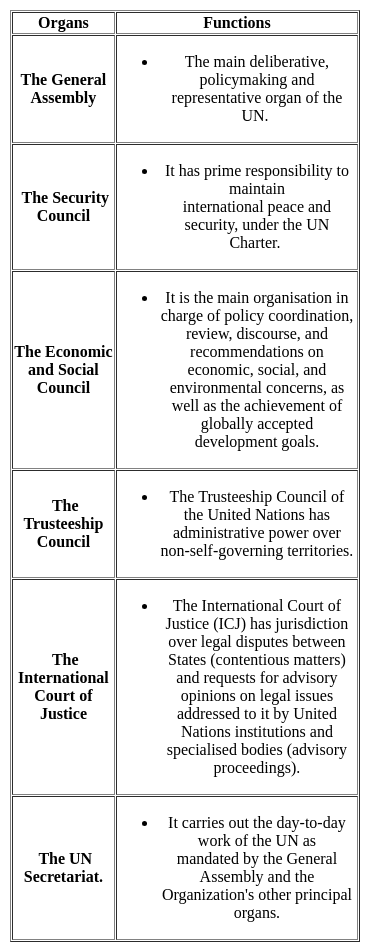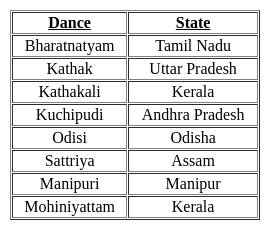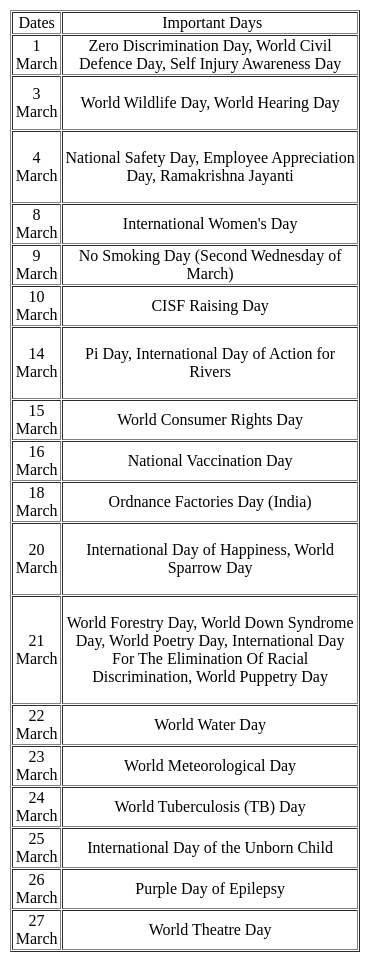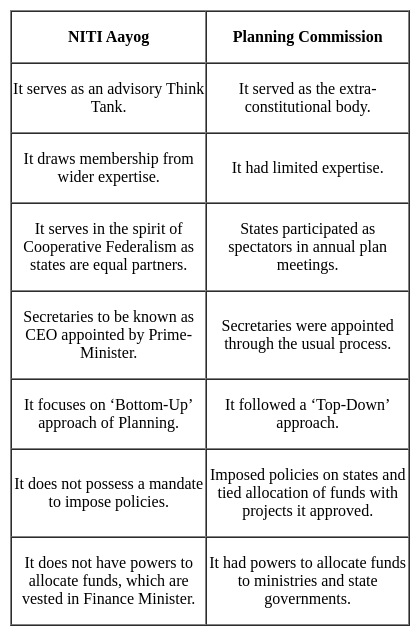SSC Havaldar Session II Mock Test - 6 - SSC Havaldar MCQ
30 Questions MCQ Test SSC Havaldar Mock Test Series 2024 - SSC Havaldar Session II Mock Test - 6
Which of the following has the shortest wavelength?
The procedure of Impeachment of the President of India is __________.
| 1 Crore+ students have signed up on EduRev. Have you? Download the App |
There are two statements, one labelled as Assertion (A) and the other labelled as Reason (R):
Assertion (A): India is now more aware of its own capabilities and the expectations that the world has of India.
Reason (R): One of the reasons is that India’s policy of Non-Alignment has turned into Multi Alignment.
Choose the correct option:
Reason (R): One of the reasons is that India’s policy of Non-Alignment has turned into Multi Alignment.
When did Motilal Nehru draft a Constitution for India?
Which one of the following provisions fails to ensure fair and equal chance to compete to candidates and political parties?
Name the Act under which consumer courts have been established :
Which Bhakti saint developed different modes of religious emotionalism such as vatsalya , dasya, sakhya andmadhuriya?
The change of “Aryanism” from the ‘Vedic’ stage to ‘Brahmanic’ stage was marked by
Where was the 1931 session of Indian National Congress held?
Which UN day is celebrated on October 24th to mark the anniversary of the United Nations' establishment?
When did Jawaharlal Nehru give his famous speech ‘Tryst with Destiny’?
Directions: A sentence is given here with a blank and you need to fill the blank choosing the word/words given below. If all the words given can fill the blank appropriately, choose ‘All are correct’ as your answer.
The ship is uncrewed on this occasion, but if it completes the current flight without incident, astronauts will be on the next _______________ in two years' time.
I. Cruise
II. Expedition
III. Outing
Directions: In each of the following questions, a sentence has been given in Active (or Passive) Voice. Out of the four alternatives suggested, select the one that best expresses the same sentence in Passive/ Active Voice.
Ads on TV increase the sale of any commodity.
Direction: In the following question, the sentences have been given in Active/ Passive Voice. From the given alternatives, choose the one that best expresses the given sentence in Passive/ Active Voice.
We have warned you.
People
P: at his dispensary
Q: went to him
R: of all professions
S: for medicine and treatment
The Proper sequence should be:
Direction: In the following question, the sentences have been given in Active/ Passive Voice. From the given alternatives, choose the one which best expresses the given sentence in Passive/ Active Voice.
Somebody told me that there had been an explosion in the Town Hall.
Direction: A word in capital letters is followed by four words. Choose the word that is most nearly opposite in meaning to the word given in capital letters.
RAMPANT
Directions: In each of the following questions, a sentence has been given in Active (or Passive) Voice. Out of the four alternatives suggested, select the one that best expresses the same sentence in Passive/ Active Voice.
You should not offer meat to vegetarians.
Directions: In questions given below out of four alternatives, choose the one which can be substituted for the given word/sentence.
Q. A person who insists on something.
Direction: In the following questions choose the word opposite in meaning to the given word.
Meandering
Ancestors and dead relations were believed to punish…(11)… for sins, both of commission and …(12) …. . The ancestors were the guardians of….(13)…society’s morality, and they chastised those…..(14)…failed in their duty. The explanation….(15)..heard was: ‘He told lies about the ….(16)….and the ancestors killed him,’ or ’…(17).. uncle’s ghost killed him because he…(18)…. to look after his children or his…(19)… felt disgraced by his conduct, ….(20)…killed him’.
Q. Find the word most appropriate for Blank no. 13
Ancestors and dead relations were believed to punish…(11)… for sins, both of commission and …(12) …. . The ancestors were the guardians of….(13)…society’s morality, and they chastised those…..(14)…failed in their duty. The explanation….(15)..heard was: ‘He told lies about the ….(16)….and the ancestors killed him,’ or ’…(17).. uncle’s ghost killed him because he…(18)…. to look after his children or his…(19)… felt disgraced by his conduct, ….(20)…killed him’.
Q. Find the word most appropriate for Blank no. 15
Direction: In the following question, the sentences have been given in Active/ Passive Voice. From the given alternatives, choose the one which best expresses the given sentence in Passive/ Active Voice.
The boy did not break the glass.
Direction: In the following questions, Out of four alternatives choose the one which can be substituted for the given words/sentence.
One who studies election trends by means of opinion polls.






















